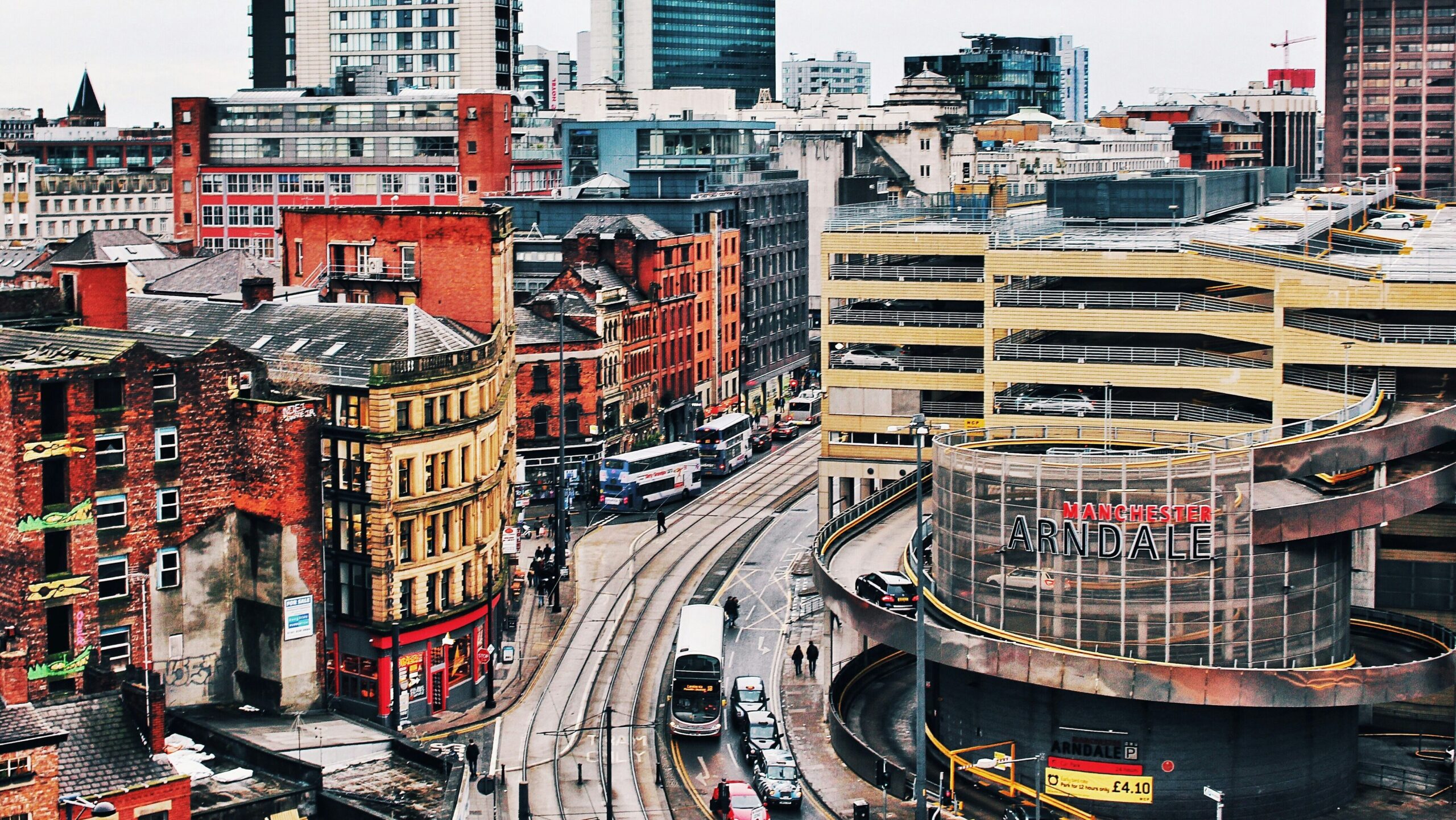If you’re spending time in Manchester, you can spend two full days doing easy walking routes, using cheap public transport, and exploring lively neighbourhoods that offer food, music, and history without a heavy price tag. Old mills, narrow streets and wide canals give the city a strong sense of place that rewards slow wandering and simple plans. Small independent galleries, quirky cafés, and street markets add extra charm, giving visitors plenty of low-cost options to experience local life while enjoying the city’s historic character.
Nightlife on budget

Nightlife in Manchester centres on live music, low-cost bars, and friendly venues where cover charges rarely reach double figures. The Northern Quarter and Deansgate locks host late shows and small gigs most nights, so checking venue pages before you go helps you to pick the best free or low-fee nights. Small rooms often pay local bands and the atmosphere feels more rewarding than expensive club entry.
If you want to mix things up after the gigs, late-night digital entertainment can be an option for some visitors, such as a casino not on GamStop. GamStop itself is a free UK self-exclusion scheme that lets people block access to licensed online gambling sites for chosen periods. Non-GamStop casinos are not covered by this scheme, which means they often feature broader welcome bonuses, fewer deposit limits, and a wider selection of international games.
Although many visitors to Manchester find the city’s nightlife vibrant enough, these sites tend to be used by travellers looking for flexible entertainment while on short breaks.
Day one: city sights
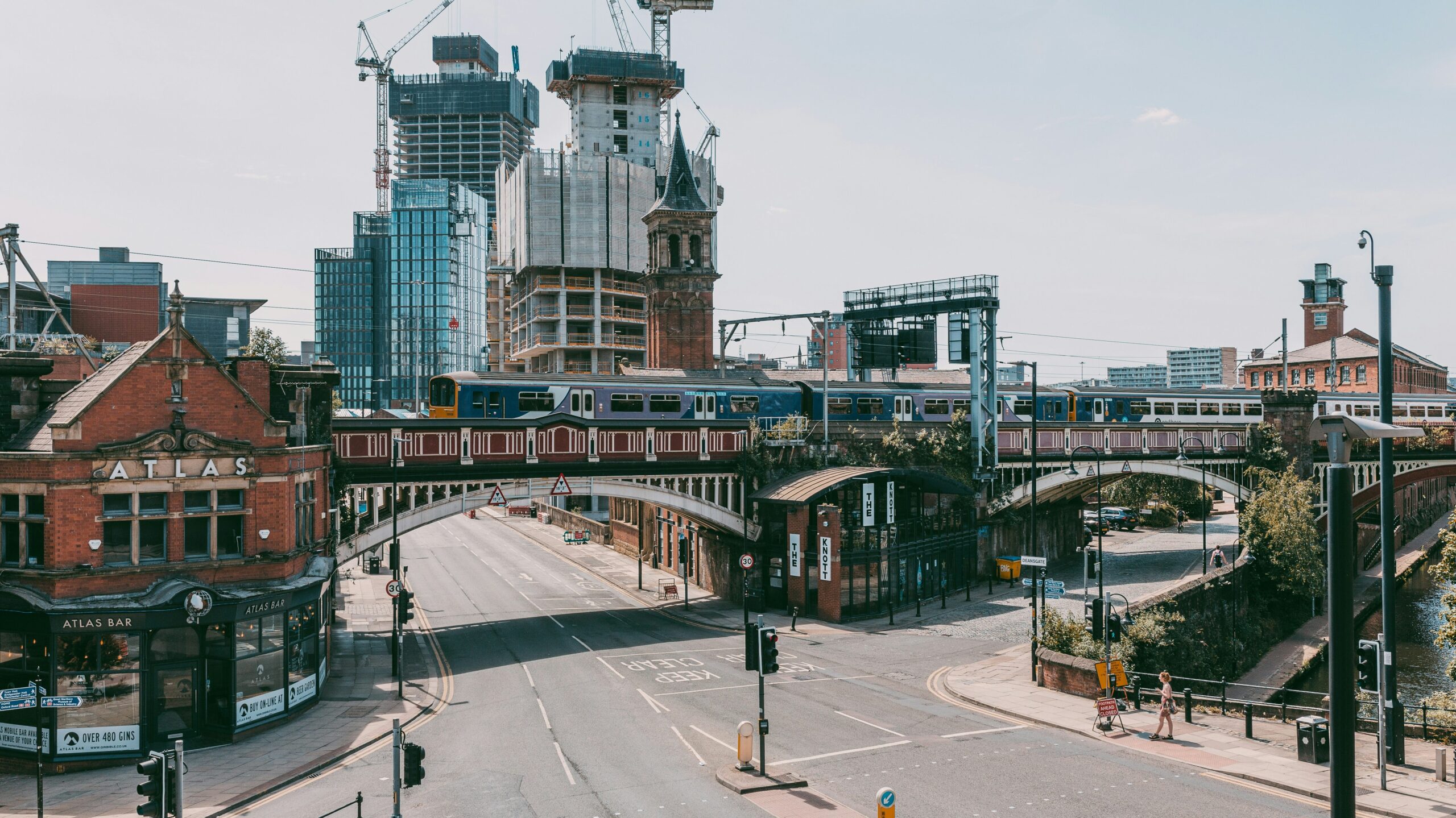
Start day one at the Science and Industry Museum where the displays about mills, steam engines, and transport bring local history to life without ticketed entry for many galleries. The museum sits near Castlefield and the railway arches so it links easily to walking routes around the old industrial core. Booking a free slot can save time and keep the visit relaxed. Taking a guided audio tour or reading the information panels adds context and makes the industrial heritage more engaging without any extra cost.
After the museum, follow the canal paths toward the old textile warehouses on Quay Street and Byrom Street. Those red brick buildings host independent shops, café terraces, and low cost galleries that reward brief stops. A short lunch at a market stall gives a good taste of Manchester on limited spend. Exploring small side streets often uncovers hidden cafés and street art that add personality to a casual afternoon stroll.
Food without fuss
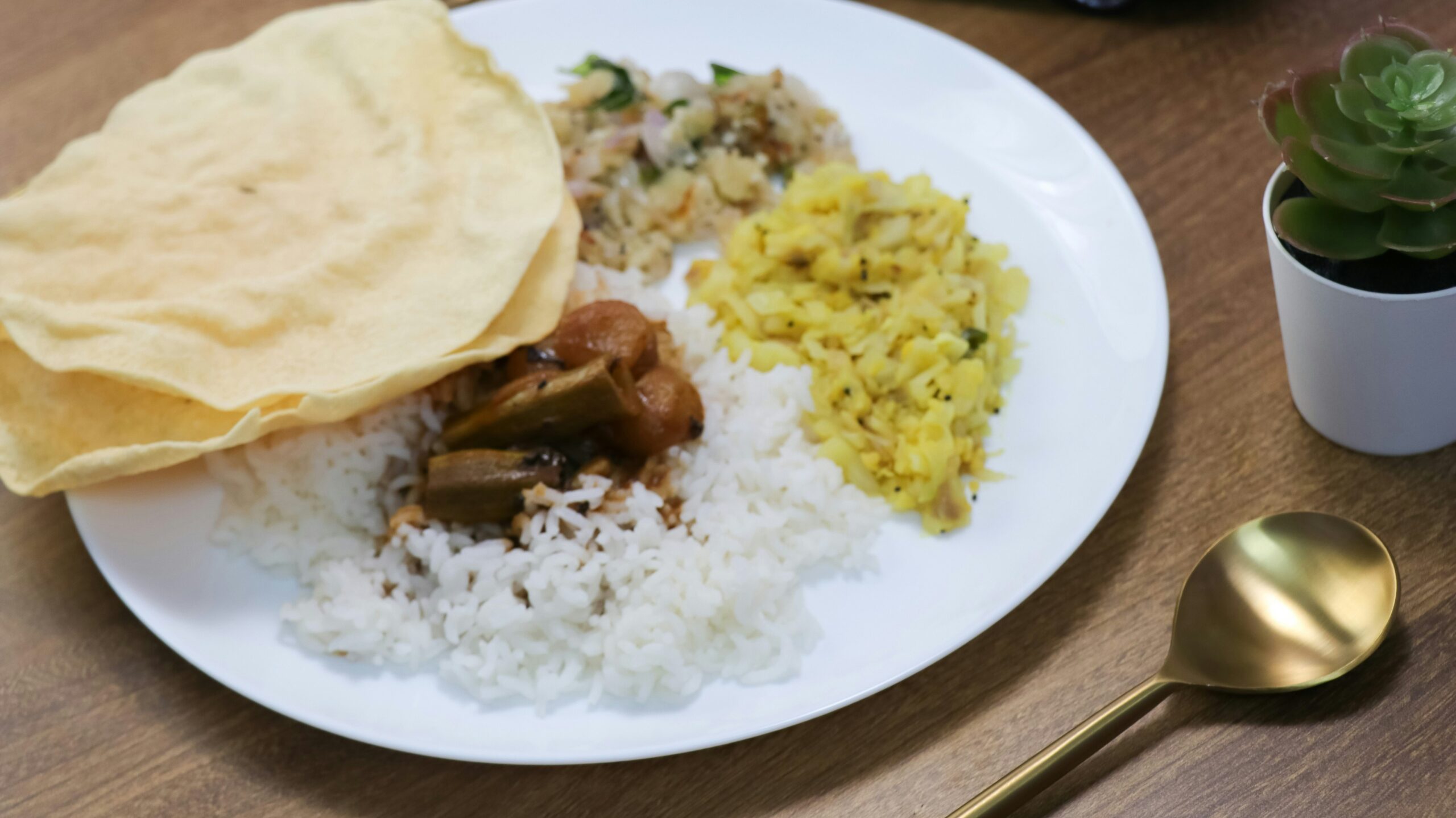
Lunch options include food halls and small cafés where set menus keep costs low. Markets such as those in the Arndale and the stalls near Exchange Square have cheap hot dishes and plenty of vegetarian choices. Choosing a small bar for dinner often offers simple plates that pair well with local beers and keep the bill manageable. Street food stalls and pop-up kitchens around the city also offer exciting flavours at low cost, giving plenty of variety without stretching a budget.
For cheap coffee, secondhand bookshops and vinyl stores around the Northern Quarter are ideal pit stops. Street art on walkways and in small alleys gives the area colour and a sense of discovery while you move between cafés and budget eateries. It pays to time the main meal for early evening when many kitchen menus switch to lower priced plates. Visiting smaller neighbourhood markets or bakeries off the main streets can reveal hidden gems and seasonal treats at even lower prices as well.
Day two: rivers and mills
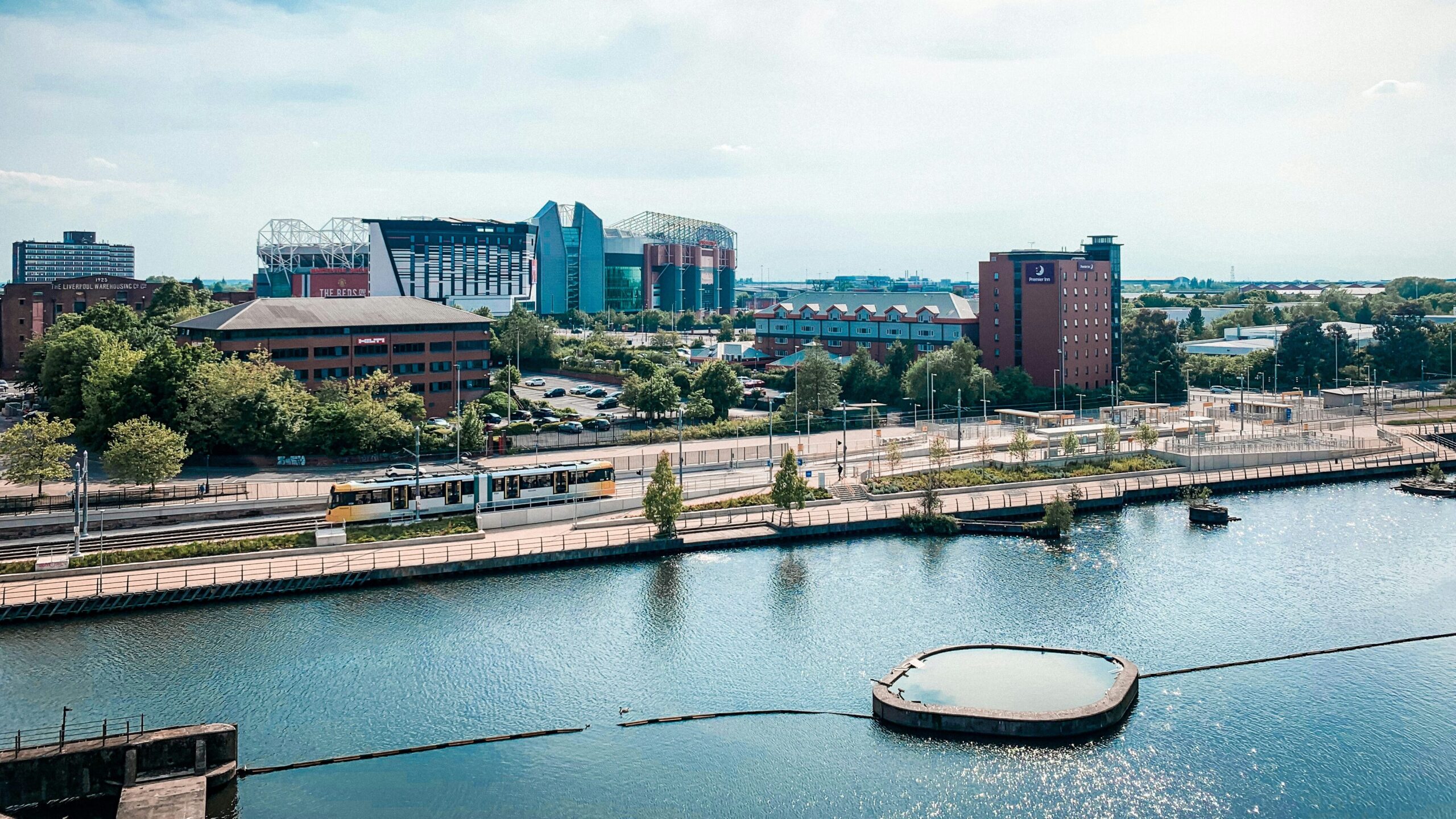
Plan the second day toward Salford Quays and the Ship Canal for a different side of local history and cheap scenic walks. The canal transformed trade for the city in the late 19th century and the long waterfront route now links museums with quieter green spots for a picnic. Riverside paths tend to stay uncrowded and offer good views of old docks and modern architecture. Along the route, public art installations and small seating areas provide pleasant resting points while letting visitors enjoy the atmosphere.
Finish the morning near Old Trafford or hop on the tram back toward the city centre, then spend the afternoon in quiet lanes that show off Victorian façades and former cotton warehouses. A final stop at a small gallery or local bakery keeps expenses low while giving a rounded sense of how industry shaped everyday life here. Taking a few detours often reveals quirky courtyards and independent shops that make wandering even more rewarding.
Practical tips for spending two days in Manchester
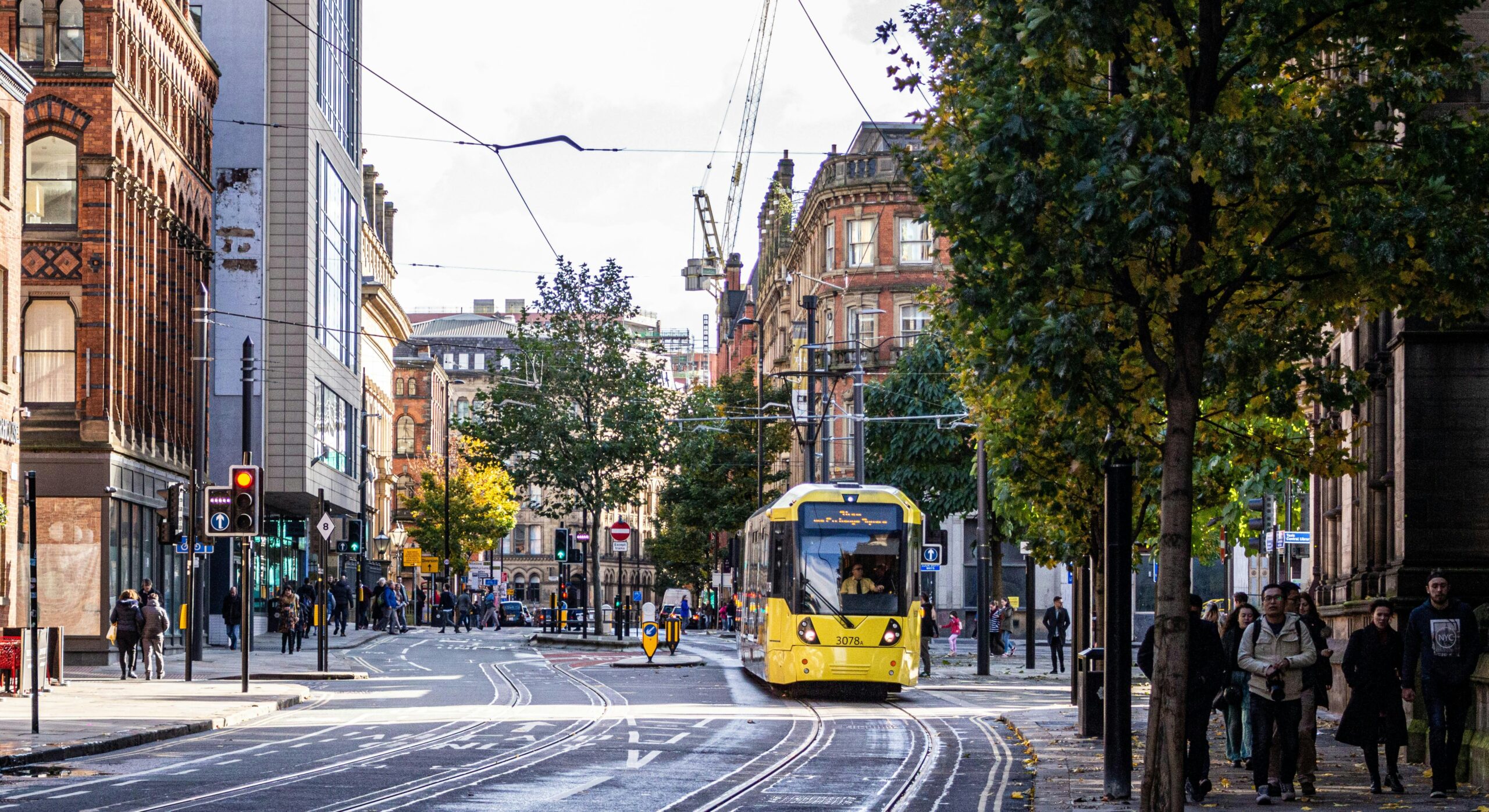
Choose a central hostel or budget hotel near Piccadilly to cut travel time between neighbourhoods. Walking covers many moments that matter and keeps spending down. Trams and buses work well for longer journeys and day tickets can be economical if you plan ahead. Bringing a reusable water bottle and light snacks also helps reduce unplanned spending during long walks between sights.
Keep evening plans flexible by checking online listings early in the day for free shows and low cost entry. Markets open at different times so map them before you go to get the best out of morning stalls. Free museums, public art, and walking routes offer a rich short break with minimal expense, while local discount cards and city passes can sometimes add value if you want to combine transport with attractions.

